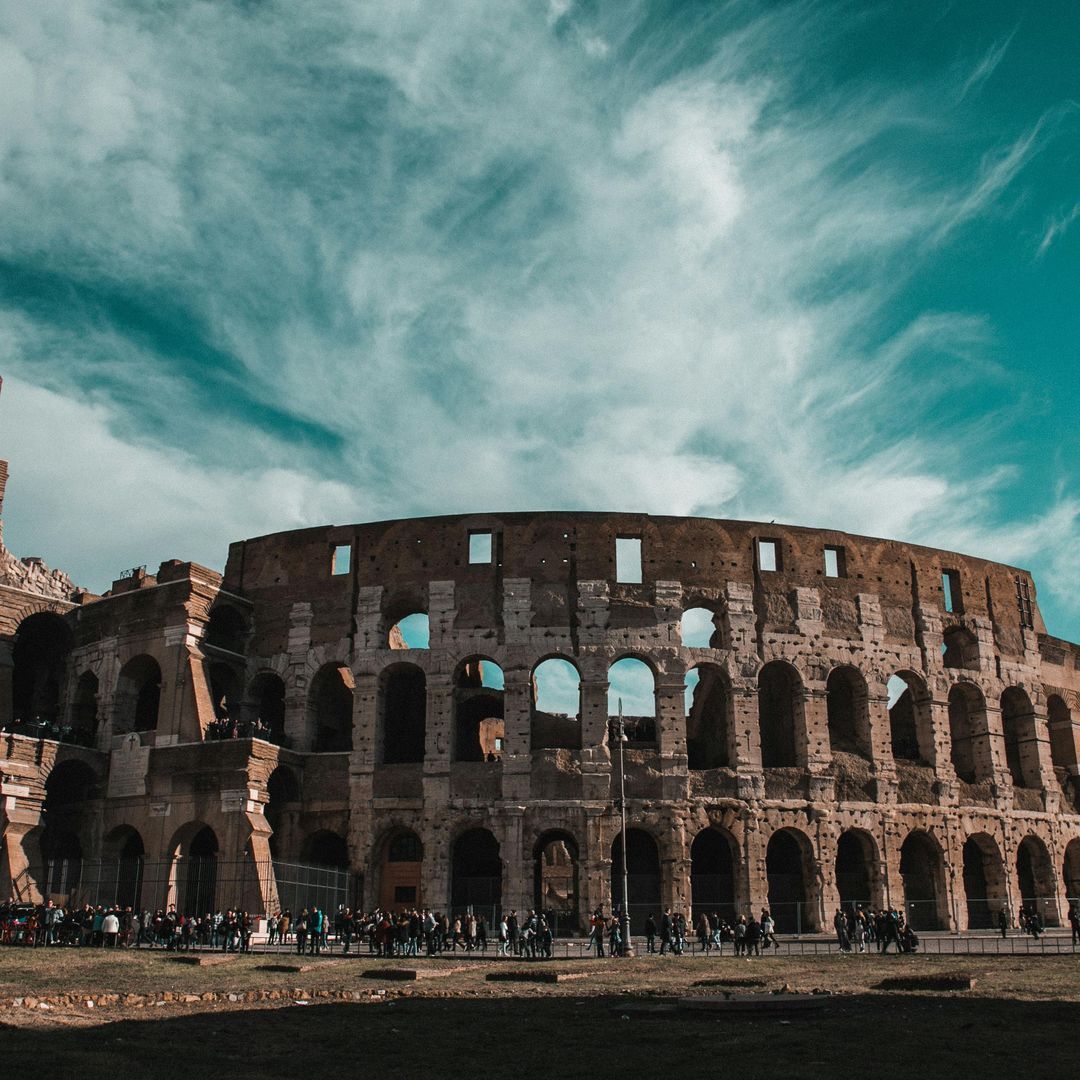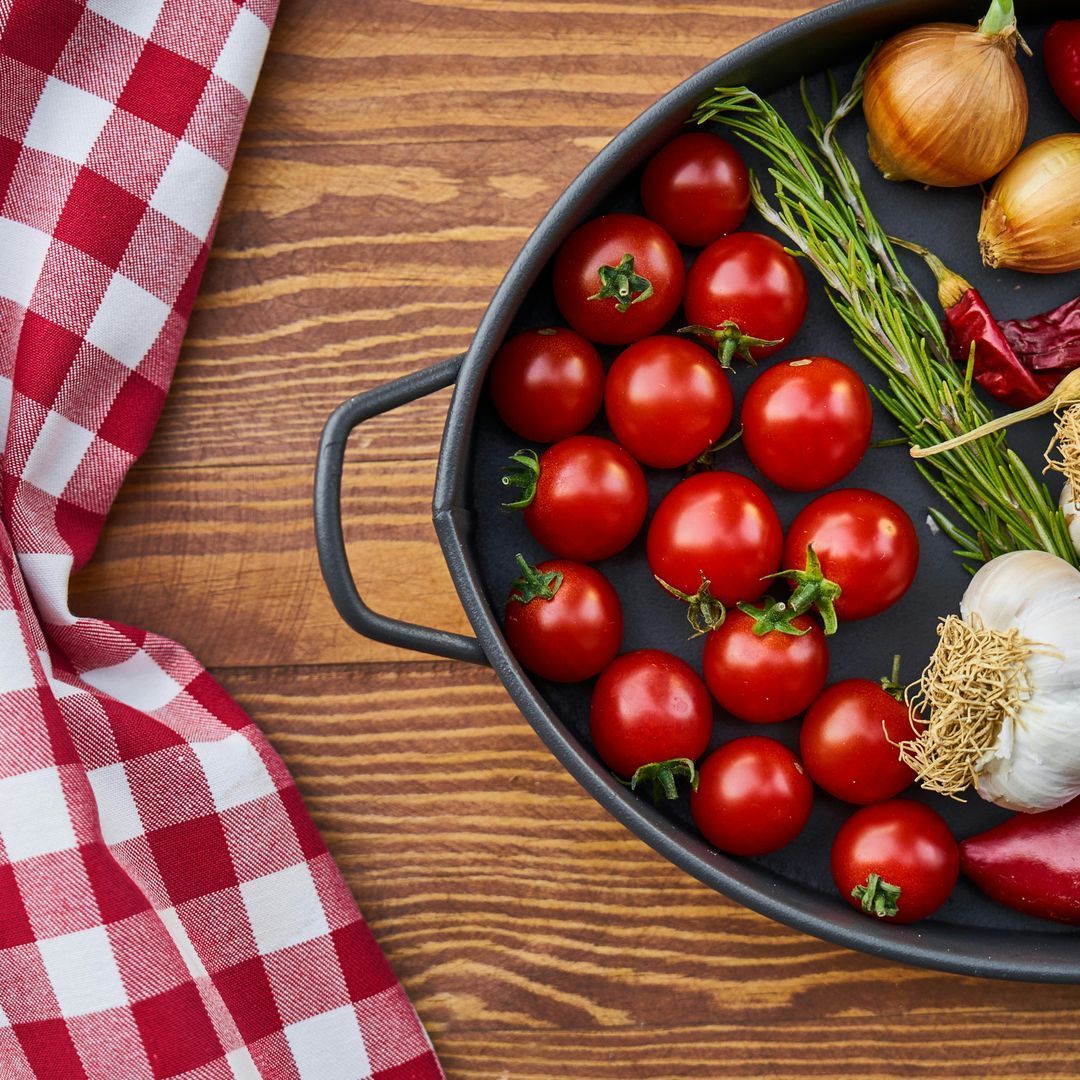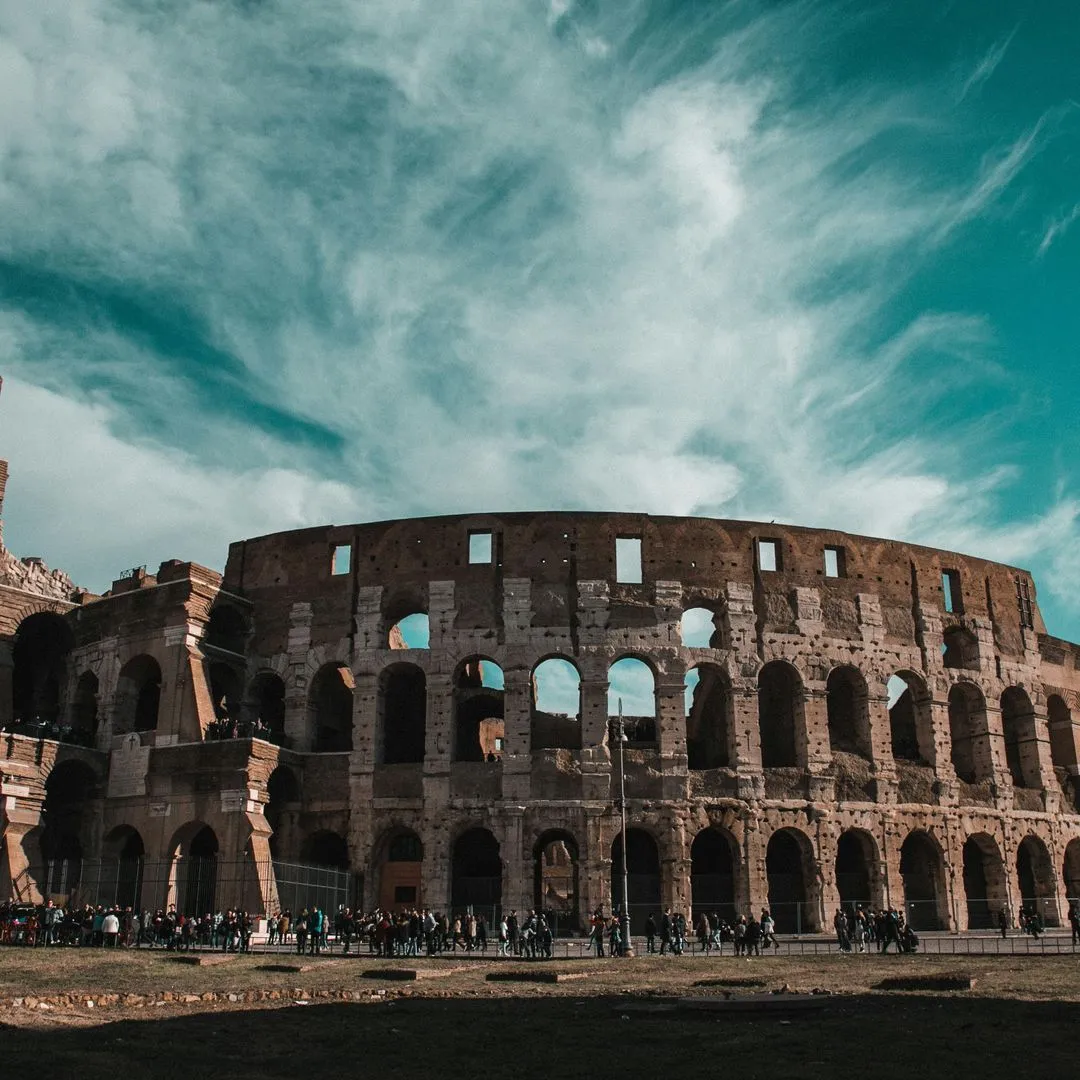At the Table with the Ancient Romans

Diet in ancient Rome reflected the Empires social stratification and cultural evolution. Initially, the diet was simple, based on grains such as spelt, legumes, vegetables, and fruit. With the Empires expansion and contact with other cultures, Roman cuisine was enriched with new ingredients and culinary techniques, introducing exotic spices and sauces such as garum, a fermented fish sauce. Eating habits varied significantly between social classes: patricians held lavish banquets in the triclinium, while the less wealthy relied on tabernae and thermopolia for simple meals. The day was marked by three main meals: ientaculum (breakfast), prandium (lunch), and cena (dinner), the latter often transformed into a social event for the upper classes. Wine was consumed by all social classes, but always mixed with water, as drinking pure wine was considered rude and a sign of immodesty. In short, Roman nutrition was more than a biological necessity; it was an indicator of social status and a means of expressing cultural identity.
Historical and Archaeological Sources
Our knowledge of Roman nutrition stems from a combination of literary, archaeological, and iconographic sources. Among the most significant literary works is De re coquinaria, attributed to Apicius, which offers a collection of recipes and culinary suggestions from the era. Other sources include writings by authors such as Pliny the Elder, Cato the Elder, and Galen, which provide insights into eating habits and the medical considerations associated with diet. Archaeological excavations, particularly those at Pompeii and Herculaneum, have uncovered cooking utensils, food remains, and frescoes depicting banquet scenes, offering further insights into Roman dietary practices.
The Role of Nutrition
The day was marked by three main meals: ientaculum (breakfast), prandium (lunch), and cena (dinner), with eating habits that reflected the availability of resources and the social context of the time. In the morning, the family began the day with a simple breakfast, often consisting of bread, cheese, fruit, and honey. This meal provided the energy needed to face the days activities. Lunch, eaten midday, was generally frugal and could include bread, legumes, hard-boiled eggs, olives, and fruit. Dinner was the main and most elaborate meal of the day. On this occasion, the family gathered to enjoy richer dishes, such as grain soups, cooked vegetables, pork, or lamb, accompanied by wine diluted with water. The use of spices and sauces, such as garum, a fermented fish sauce, enriched the flavors of the dishes. Family eating habits were influenced by the availability of ingredients and the seasons. Local markets offered a variety of fresh produce, including grains, legumes, fruits, and vegetables. Meat was consumed in moderation, while fish was more common in coastal regions. Roman cuisine emphasized the natural flavors of ingredients, with a balanced diet that included grains, meat, fish, fruits, and vegetables. In short, the daily life of a Roman family was closely tied to nutrition, with meals that reflected available resources and the culinary traditions of the time. The simplicity and variety of the Roman diet offered a nutritional balance, adapted to the familys needs and means.
The value of the cook in ancient Rome
In ancient Rome, the cook (coquus) was a prominent figure, especially in patrician homes, where he orchestrated sumptuous banquets that reflected the hosts status and sophistication. Although many cooks were initially slaves, over time some gained fame and freedom, becoming professionals sought after for their culinary skills. Their role went beyond simple food preparation: they were true directors of sensory experiences, overseeing the scenic presentation of dishes to amaze guests. A prime example is the case of Marcus Gavius Apicius, a celebrated gastronome of the 1st century AD, author of De re coquinaria, a collection of recipes that testifies to the evolution of Roman cuisine toward more elaborate and luxurious tastes. Apicius represents the pinnacle of the cook as an artist and innovator, whose work was crucial in defining the cultural and social identity of the Roman elite. However, it must certainly be said that Marcus Gavius Apicius was not simply a cook, but a member of the Roman elite. Born around 25 BC, Apicius was a man of great wealth and social prestige who lived during the reigns of Augustus and Tiberius. His passion for gastronomy led him to spend vast sums procuring rare and exquisite ingredients, so much so that, according to Seneca, he squandered a fortune of sixty million sesterces on the pleasures of the table. When he realized he had only ten million left, he decided to take his own life, fearing he could no longer maintain his opulent lifestyle. Apicius is remembered as historys first gourmet, and his name became synonymous with culinary refinement. His most enduring contribution is De re coquinaria, a collection of recipes that, although compiled after his death, reflects the influence of his gastronomic innovations. This text offers a valuable account of imperial Roman cuisine, highlighting the evolution toward more elaborate and luxurious tastes.
www.romanoimpero.comEating habits
In ancient Rome, eating habits significantly reflected social class differences and living conditions. Wealthy families enjoyed elaborate meals consumed in specially designated rooms, while the less well-off adapted to available resources, often resorting to practical solutions to meet daily needs.
The Triclinium: Symbol of Prestige and Refinement
In the homes of the upper classes, the triclinium represented the heart of social and culinary life. This room, whose name derives from the Greek triklinion (literally, three beds), was a formal dining room featuring three reclining beds arranged around a low table. Diners would recline on the left side, resting on cushions, while servers offered a succession of courses that could include exotic dishes and imported delicacies. The triclinium was not only a place for meals, but also for socializing, entertaining with music, dance, and philosophical discussions. Its presence in patrician homes emphasized the familys social prestige and wealth. In the Roman triclinium, meal preparation was entrusted to a network of servants and cooks, who performed distinct but complementary roles. The cook, known as coquus, was a central figure in the domestic kitchen of patrician families. Often a slave or freedman, the coquus was responsible for preparing dishes, which could be extremely elaborate and refined, reflecting the familys social status. In some high-ranking residences, the cook might be assisted by a servus or other specialized slaves, such as the pistor (baker) or the carnifex (butcher), to ensure the quality and variety of the foods offered during banquets. The figure of the cook was regarded with some ambivalence in Roman society. On the one hand, his skill in preparing refined and luxurious dishes could elevate the hosts prestige, especially during public banquets where food was a symbol of power and wealth. On the other hand, the profession of cook was often associated with manual labor and, although essential, did not enjoy high social esteem, especially if the individual was a slave or freedman. In short, meal preparation in the Roman triclinium was a complex activity involving several figures, with the cook at the center of a system that reflected the social and cultural dynamics of the time. His social standing varied according to his personal status and the context in which he operated, but his culinary skill was recognized as a key element in the Roman banquet experience. (Photo: Minister for Territorial Cohesion, CC BY-NC-SA 2.0)
www.romanoimpero.comTabernae and Thermopolia: Quick Meals for the Lower Classes
In contrast, the lower classes, who often lived in insulae (multi-story buildings without internal kitchens), relied on tabernae and thermopolia to meet their daily food needs. Tabernae were shops or stores located on the ground floor of the insulae, where everyday consumer goods were sold. Thermopolia, on the other hand, were actual refreshment points offering ready-made food for takeout or to eat on-site. These establishments were equipped with counters containing large, sunken amphorae (dolia), used to store hot soups, stews, and other popular dishes. The presence of these establishments was so widespread that numerous remains of thermopolia have been identified in Pompeii, testifying to their importance in daily life. Eating out was therefore a common practice, especially among the lower classes, who lived in homes without internal kitchens and lacked the time or resources to cook at home. These establishments offered simple dishes such as puls (a type of spelt polenta), legumes, bread, eggs, and wine, often eaten standing at the counter or taken away. Prices were reasonable: a portion of puls with legumes and a glass of wine could cost about half a sestertius, equivalent to about 2 denarii. To put this into perspective, a modius (about 8.7 liters) of barley cost about 60 denarii, so the cost of a meal out represented a modest expense for a working man of the time.
www.thevintagenews.comSocial and Cultural Implications
The division in eating habits was not only a matter of economic availability, but also reflected the social and cultural structures of the time. The triclinium was associated with values such as hospitality, culture, and elegance, while the tabernae and thermopolia represented the resilience and adaptability of the working classes, who, despite limited resources, sought ways to meet their dietary needs. In short, diet in ancient Rome was profoundly influenced by social class and living conditions. Differences in eating habits underscored social inequalities, but also highlighted the ingenuity and adaptability of the different classes in meeting their daily needs.

lillo95
Data di inserimento 08 mag 2025
Report article


Comments
There are no comments yet.